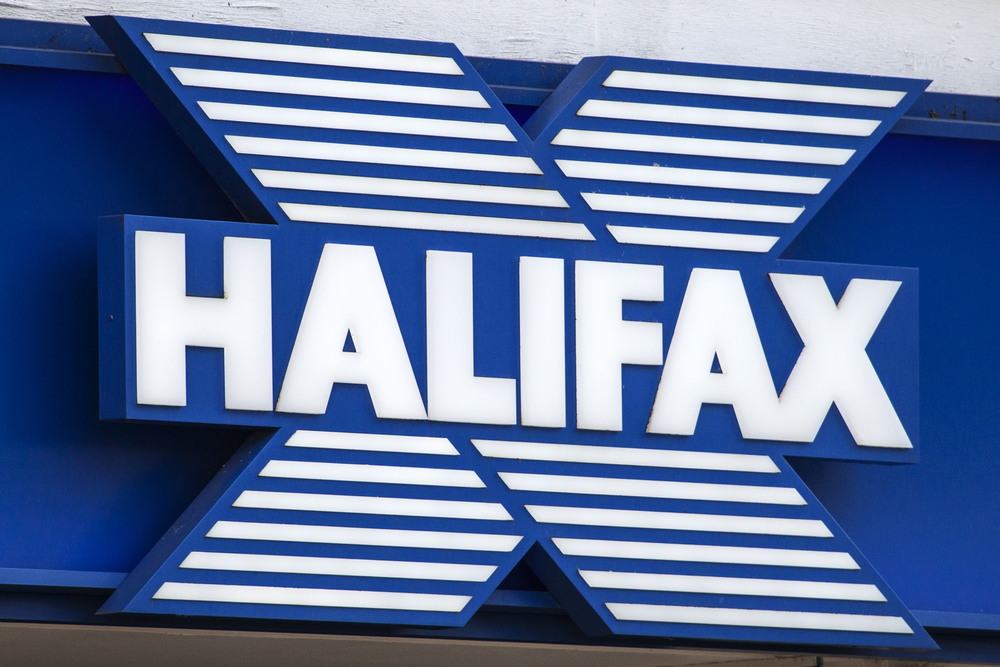
Last month Nationwide published a report looking at the role of low-cost finance in supporting energy-efficient improvements for homes in the UK.
The report drew on learnings the Society has taken from its 0% green additional borrowing product – an interest-free loan that is available to their mortgage borrowers who are carrying out improvements that will reduce carbon emissions. This is one of many green financing products that has come to market in the last few years.
Many of the report findings were interesting, if not surprising. Consumers believe it is the government’s responsibility to improve the energy efficiency of homes. They also want more support in identifying relevant tradespeople and will judge the success of retrofit measures on the reduction in energy bills. It was also interesting to see that Nationwide found that green finance products appeal to those already planning retrofit change – the finance doesn’t drive demand.
However, one of their key findings made me pause for thought: ‘Brokers are largely not aware of the home decarbonisation challenge, and the relatively small loan size associated with retrofit means the procuration fee is insufficient to motivate them to promote it’.
Our homes are responsible for 17% of emissions, according to a Knight Frank report, with 29 million homes needing some form of retrofitting to increase their energy efficiency. Greening the UK housing stock is a huge challenge, and one that we all – that’s government, lenders, brokers, energy companies, house builders, tradesmen and consumers – have a role to play.
The Building Societies Association (BSA) is part of the Green Finance Institute (GFI) taskforce, which last year published a Broker’s Handbook, a practical guide to help brokers understand the opportunities that could help improve the energy efficiency of mortgaged properties. I hope that more brokers will recognise that they have a role in supporting borrowers to navigate the many options available to reduce their carbon emissions. Changes their clients make will not only have wider positive environmental benefits, the homeowner will also benefit from reduced energy costs, better living standards and potentially improved health.
But there is only so much that lenders and brokers can do, as just over a quarter (28%) of the UK housing stock is mortgaged. Over a third (36%) of homes are owned outright, with one in five (19%) privately rented and a similar number (17%) rented through housing associations and local authorities2.
To have the biggest impact on the huge retrofit challenge we face, the government needs to take the lead. Working with all the stakeholders mentioned above, it must create, and crucially deliver, a clear strategy including detailed plans and timescales to improve the energy rating of the whole UK housing stock. There will be many things to navigate as technologies change and evolve, and there is not a one size fits all solution, but these must all be considered as part of the strategy.
An area not to be missed in the strategy is the need for education. Housing associations, landlords and homeowners need support and guidance on the specific changes they could make to their property/properties to have the biggest impact. They also need signposting on who they can trust to carry out the work. Nationwide calls for a national retrofit hub. I think that could be a great place to start.
Property owners also need to know the expected payback period, something front of mind for homeowners when determining which improvements to make. Beyond savings on energy bills, this could include the likely impact energy-efficient measures could have on house prices. Nationwide found that owner-occupied properties rated EPC A/B attract a 2.8% house price premium over those rated EPC D, while EPC F/G rated properties face a 4.2% house price discount compared to EPC D rated ones. The premium in the buy-to-let sector was even more pronounced with EPC A/B properties attracting a price premium of 11.5% over EPC D rated ones. With average house prices at around £300,000, the payback could be substantial and go a long way towards offsetting the retrofit costs for homeowners.
Clarity on funding is also important. I’ve already mentioned that there are a number of green financing products now available, but there is evidence that before taking action consumers want to know about all the incentives and policies that are available. The Government must therefore provide full details of the support offered towards the cost of energy-efficiency improvements, including any that may be coming down the line, and who and when they will be able to access them. If no new government policies are planned this needs to be clear as it’s very likely that some homeowners are holding back in the hope of future incentives.
I feel like I have been talking about this topic and the action needed for many years, and whilst I can see lots of lender activity, mainly through green financing products, and a growth in the Custom and Self-Build market where properties are generally built to a very high standard of energy-efficiency, there is still a very long way to go to – the vast majority of our housing stock requires some form of retrofitting.
Tackling this issue must be a priority for the Government. It isn’t something that can be solved this year, or even in the next five years, but starting now with a clear strategy and joint action we could and should start to move the dial.
Paul Broadhead is head of mortgage & housing Policy at the BSA



